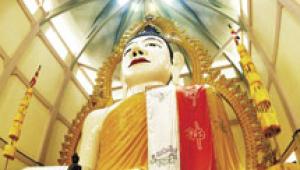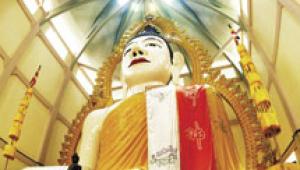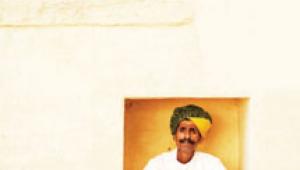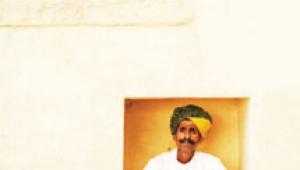Focus Shift; Why I Now Prefer The Ordinary To The Exotic Page 2
Because of my experience, I'm aware of cultural differences, and whether I'm working with ordinary people or with models--some professional and some would-be--I know better than to put them into situations or settings that aren't true to their cultures. To produce salable images, I have to be sure my photographs are honest and authentic. One way I've always achieved that is to ask for help. I've always relied on people to show me the cultural nuances. No matter how much homework I've done, I've never thought that I knew it all.
 |
 |
What I photograph now are ethnically diverse people who are home almost everywhere in the world, people who are often involved with activities significant to their culture, heritage, and, most importantly, lifestyle. There are certain specific factors associated with certain cultures, but for the most part the common denominators are prevalent: technology, mobility, family, traditions, emotions.
 |
It helps that portraits are an international language, a universal symbol. No matter where it's shot, and no matter who is depicted, it's our attempt to understand a person and communicate their uniqueness. With or without props, elaborate or significant settings, the portrait, if done well, transcends the ethnicity of the person and communicates a universal appeal. And keeping in mind that my efforts are aimed at producing stock photography, widespread appeal is certainly the goal.
 |
Taking these photographs requires balancing the factors that make people unique with the characteristics that make them universal. When I think about it, it's not at all different from what I was doing as a travel photographer. And what you're probably doing, too.
 |
 |
- Log in or register to post comments

















































